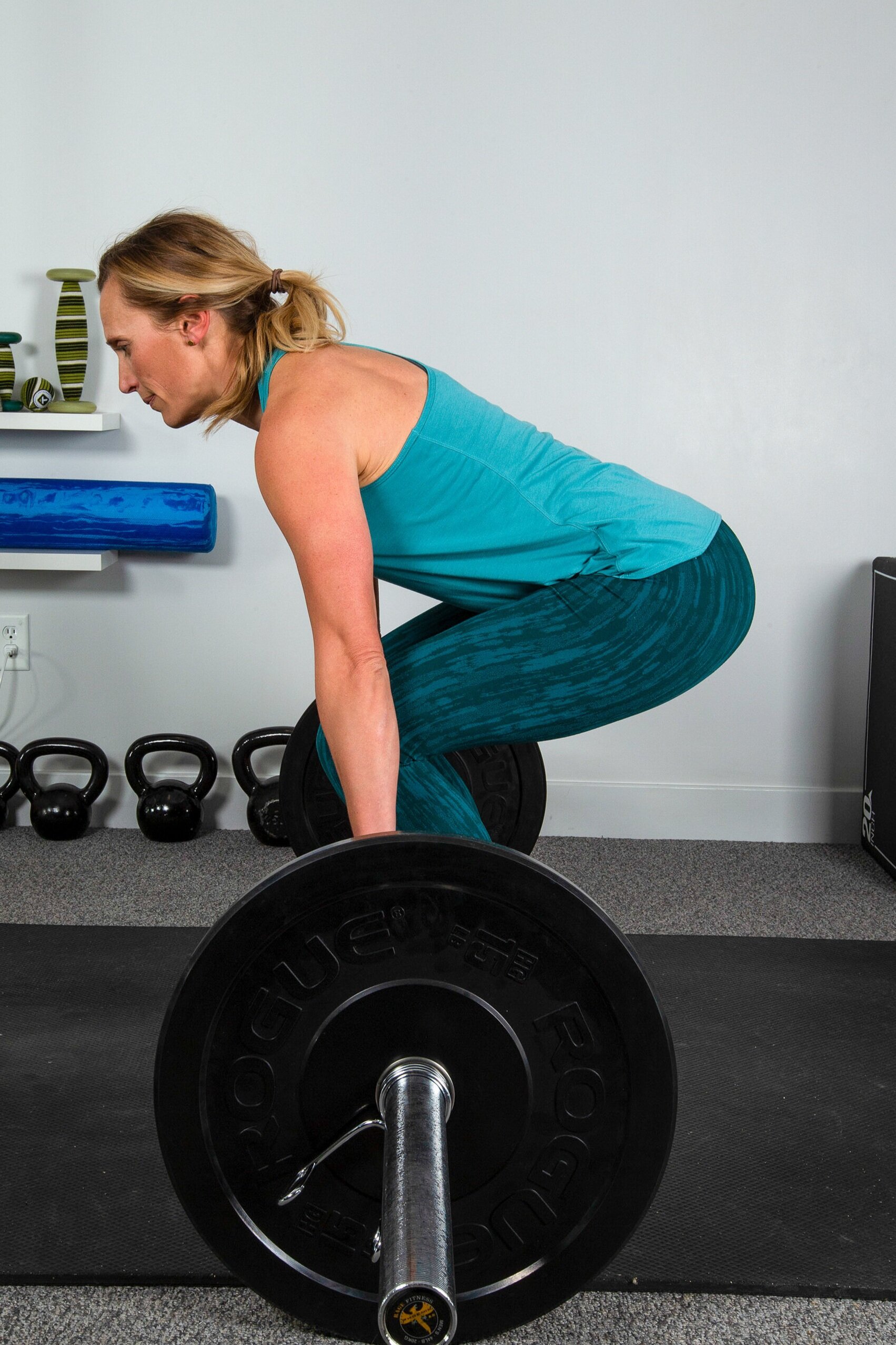An estimated 40% of women and 13% of men over 50 years old will have at least one fracture due to osteoporosis (decreased bone density) in their lifetime. Areas that are most susceptible to fracture include the spine and hip bones. The incidence of fractures increases with age and particularly after menopause, as the protective effects of estrogen decrease and general activity declines. Decreases in bone density can be also be seen with changes in activity levels, as quickly as 1 month after stopping exercise.
Luckily, weight-bearing, resistive exercises slow the resorption of bone, improving bone health at the locations where the resistance is allied. The most effective resistance training uses high loads and low repetitions. For example: performing 8 reps of an exercise at the highest weight you can lift 8 times for 3 sets (Kerr et al 1996). Resistance training may be even more effective for full body bone health then running or walking because it loads the upper and lower body. While running and walking are helpful to improve bone density, they only able target the legs. Supervised training by a physical therapist is recommended to ensure an adequate challenge to improve bone mineral density, while reducing risk of injury.
Click here to schedule your physical therapy session with a women’s health specialist today.

